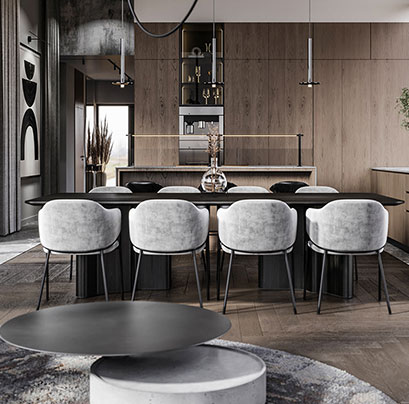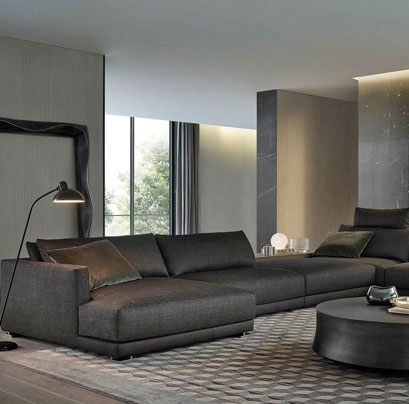Kangshan Industrial Park, Dipu Town, Anji County, Huzhou City, Zhejiang Province, China
What Makes Nordic Style Design Dining Chairs the Epitome of Modern Elegance?--25 Apr
Is the Leisure Office Swivel Chair the Missing Piece in Your Workspace?--18 Apr
Hand-Pushed Reclining Lounge Chair: The Ultimate in Comfort and Style--11 Apr
Can a leisure office swivel chair be used on carpeted floors?--03 Apr

- Home
- About us
-
Products
Our provided products
Design Sense Of Light Luxury Iron Soft Bag Leisure Single Chair Nordic Style Design Dining Chair With Armrest Solid Wood And Iron Art Modern Lazy Leisure Chair Leisure Office Swivel Chair For Study Nordic Style Bar Chair Stool Bar Front Desk Cashier Desk Milk Tea Coffee Shop Chair Office Negotiation Room Meeting Room Office Lounge Reception Room Casual Single Sofa Chair Design Simple Backrest Dining Chair Remote Control Electric Reclining Massage Chair Hand-Pushed Reclining Lounge Chair American Vintage Velvet Buckle Copper Nail Commercial Guest Small Living Room Sofa Multi-Functional Sofa With Sitting And Lying Storage Assembly Sofa With Broaching Bed For Storage![]()
![]()
- Design
- Environment
- FAQ
- Blog
- Contact us
 English
English
 中文简体
中文简体
 Français
Français
 Español
Español














